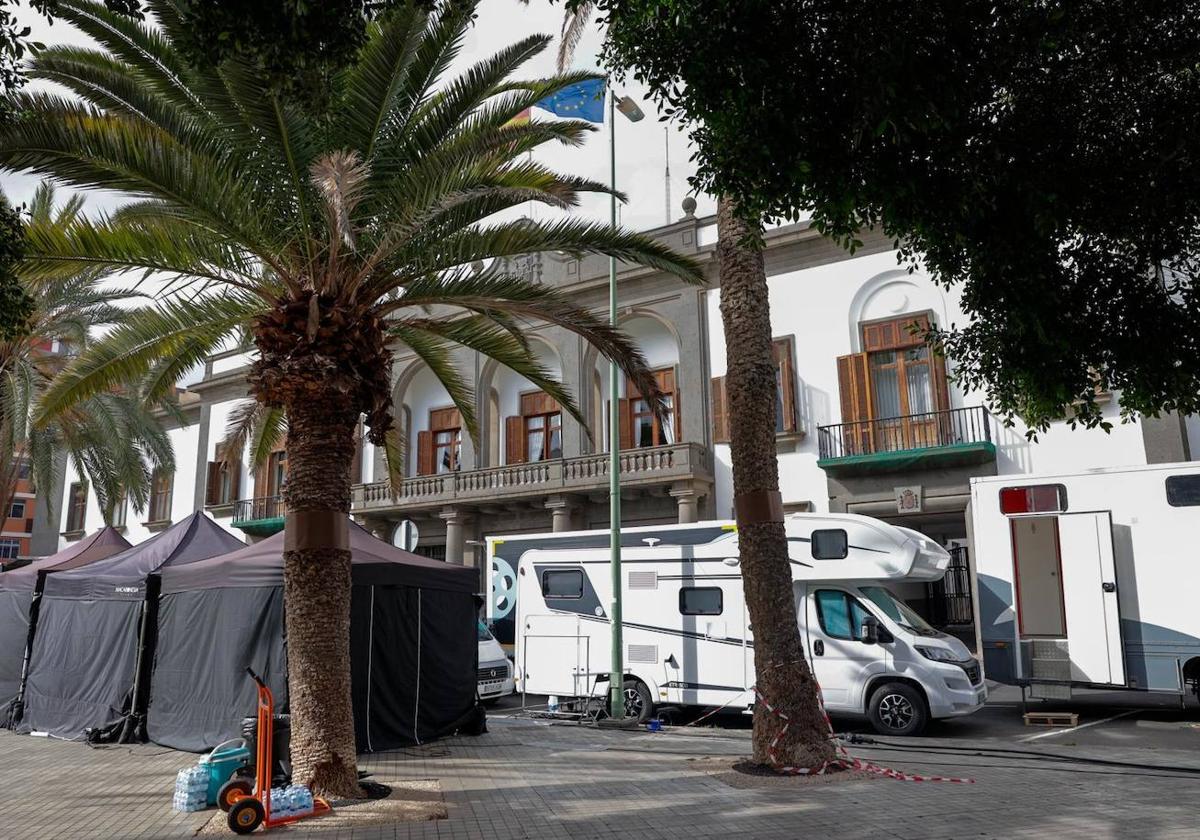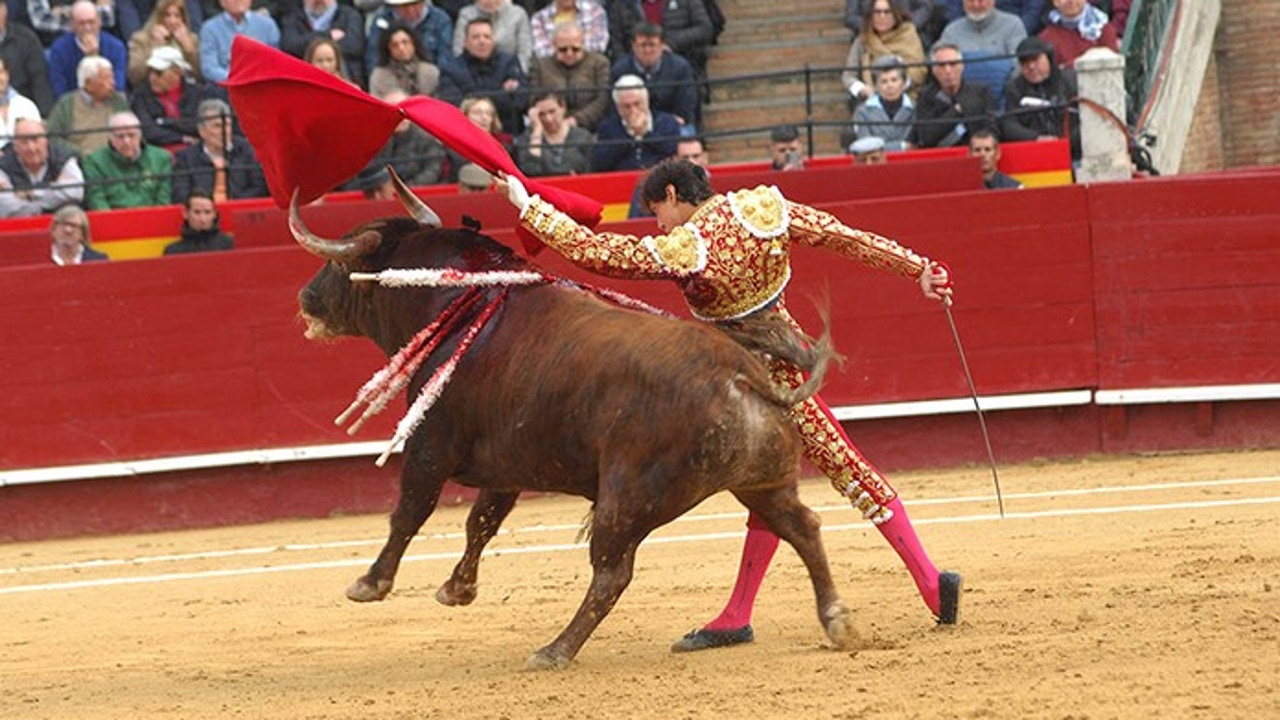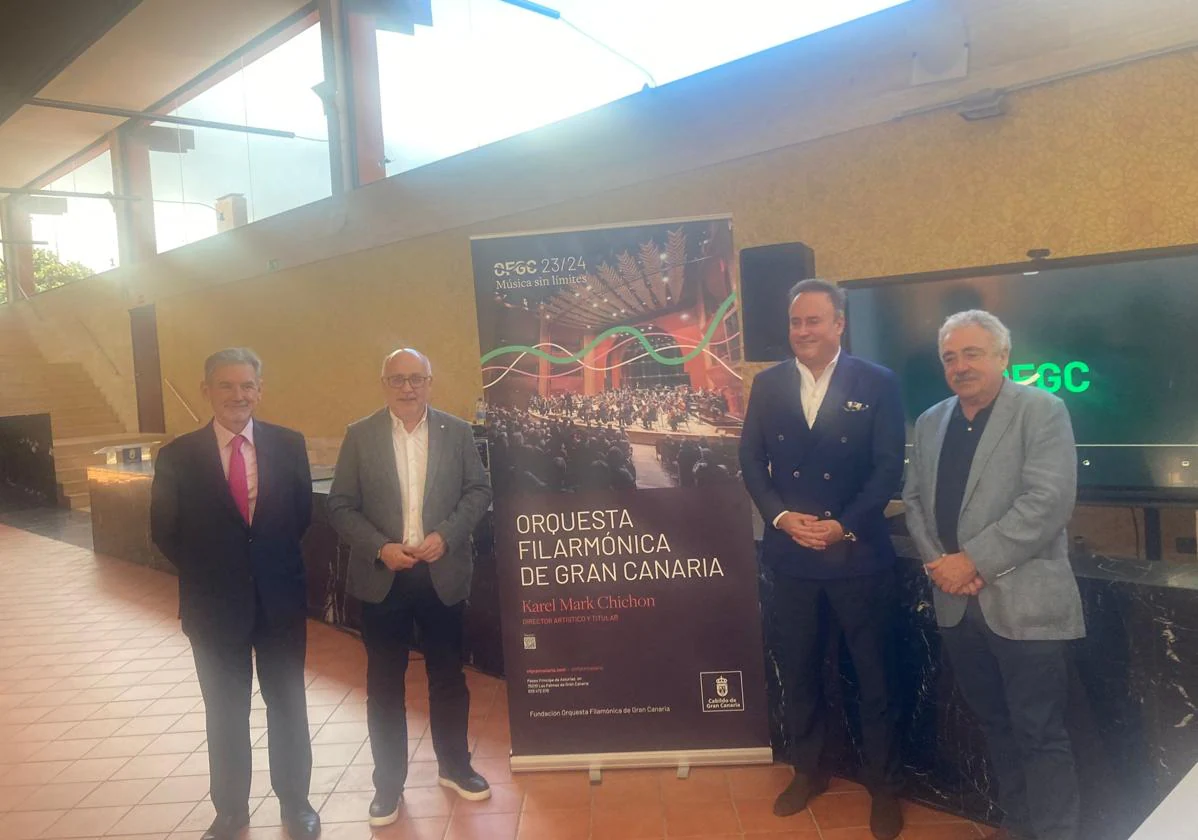The emir of Qatar, new Albaicin neighbor in Granada

The petrodollars are getting what Boabdil did not achieve with his trail of tears. To a large fraction of society, the name of Tamim Bin Hamad al-Thani doesn't sound like anything. On an international level is known as the emir of Qatar, but most people only identify it when they are reminded that is the owner of Paris Saint Germain, that football club that exists in France.
The sheikh, having won the heart of the swollen gala, He has decided to pamper himself and has acquired Carmen de San Agustín in Granada with views of the Alhambra in a gesture more nostalgic than practical, among other things, because property, a space of just about 6,000 square meters, it has cost the calderilla of 16 million dollars, a sum well above what the market claimed for this kind of estate.
The plot, which has a large terrace with a swimming pool, enjoy one of the best views over the old fortress-city of the Nasrid kings. In fact, the hacienda could almost be a modern imitation of it, with its water pipes, its two gardens and the exuberance of the vegetation.
We live in a time when money, power and influence (of any kind) tries to fix History and to gain in the present what could not be achieved in the past, something that we live daily in our country with that heavy monothem that turns out to be the Civil War. The insistence of the Arab world to approach the Andalusian monument, the most visited in Spain, is still a commitment to the impossible. A way to play a game when the players have already left the table and even left the room.
The courtyard of the Lions still inspires the snapshot of an idyllic civilization that, in reality, never existed and that, just by applying a pinch of common sense, could never have been as survives in our imagination. The airy coexistence between Jews, Christians and Muslims was never the way the legend maintains, an absurd reductionism that overlooks all the social-political complexity of those centuries. The supposed and utopian way of coexisting between those who lived on one side and the other of the brand (the border that limited Al-Andalus and the Christian kingdoms) is denied, among other reasons, by the way they had to ravage each other. over many centuries, sometimes with devastating and very bloody results for the populations that they had proposed to take or for those who were simply in the same direction of the hosts that had begun to march. And that does not save neither those from the south nor those from the north.
The footprint of Washington Irving
There is a romanticism that comes from the 19th century and that has increased, exaggerated or directly invented a Spain that has never existed, and that has tried to establish in our unconscious a reality that is not as it is: the Arabs were not the only honor of the that emanated the entire culture throughout the Middle Ages. In fact, in Europe there were already dozens of manuscripts of philosophy and science that had inherited from Roman antiquity and were transmitted from one generation to another. Nor were the northern kingdoms uncultured barbarians who only understood the crude language of weapons. But it is already known that ignorance does not like grays and feels a natural inclination for black and white, for bipolarities, where matters are better nuanced, good are always good and bad are bad.
After romanticism exaggerated an uncultivated and exotic Spain to paroxysm, with its human types and the splendor of its Muslim past (something Washington Irving contributed to who resided and wrote part of his famous tales in The Alhambra, when the building it was left of the hand of God), now there has been a resurrection of Al-Andalus as a kind of cultural oasis that there was in the past, another lost Atlantis. The myth endures strongly in the Arab world and was even used by al Qaeda in its propaganda. The terrorist organization sought to recover these lands in a hypothetical expansion, although their emphasis is unknown, because they have never been an example of any coexistence. Recently, also, there has been an outbreak in Spain of this idealization and the pressures have multiplied so that the Cathedral of Córdoba is once again a mosque and taking away the ownership of the Church. In this movement, delirium has been reached and some voices now demand that the entry of the Catholic Monarchs into Granada is not celebrated on January 2, that more than a vindictive or tribute or exaltation party, nowadays it is pure folklore , except for those minds that consider that they have agreed in the light of some revelation.
An opportunity
And it is not exempt from certain irony that those who claim the tolerant Al-Andalus, are always so intolerant and belligerent in their efforts (vice versa also happens, as in the case of Vox, who wanted to remove a sculpture of Abderramán III regardless of the huge cultural heritage that has left us). The reality is that the Middle Ages never sought that meeting point between different civilizations that we all would have loved, but if there is an opportunity to achieve it in the future it is precisely leaving those centuries in the hands of historians and applying coexistence today , which requires more sense of humor and good work than so many sterile claims.
Tamin Bin Hamad al-Thani will be installed in the Albaicin, in a Carmen (to which the name will change) from which Sierra Nevada, the Generalife and the walls of the Alhambra are contemplated. Presumably, apart from the landscape, he sure likes, like anyone else, and the comforts that his new residence has, something that should also please everyone, He has been attracted by that historical mirage that is Al-Andalus. Some will be frightened of their presence and will argue that lands that would never be forcibly handed over are delivered with utmost ease when it came to selling them and earning a peak of pasta. But it may be a good opportunity for different cultures to try to get to know each other, instead of imposing one upon another. Something that many would like, but that anyone who knows a little human nature knows that it is extremely complex.
Pomegranate shot recreated through paint
In the nineteenth century he wanted to use painting as a visual exercise of our historical past: art as a pedagogy and canvas as a slate. The result was a series of large oils designed to strengthen the country and create some awareness, which illustrated some essential chapters that marked our future in the preceding centuries. Among those paintings was "The surrender of Granada" by Francisco Pradilla, who recreated how Boabdil delivers the city of the Nasrid kingdom to the Catholic Monarchs, and who for years has illustrated textbooks in Spain. A moment that symbolized the end of the reconquest and the supposed union of the territory that had been lost in 711, with the Mulsuman invasion of the peninsula and the taking of the Visigothic kingdom of Toledo. The painting was finished off in 1882 and it was a commission made by the Senate to the painter (who had already done the painting "Doña Juana la Loca", which had excited) to hang on the walls of the so-called Hall of Lost Steps, which is The place where it is still preserved.
16 million and oriented to Mecca
The Carmen de San Agustín (its previous owners were the heirs of Rafael Pérez-Pire, who was responsible for the expansion in Spain of the Puleva brand) has cost 16 million euros and extends almost 6,000 square meters. From its terraces you can see the north and east faces of the Alhambra, the Generalife and the Darro riverbed. To the west, the Sacromonte and Alto Albaicín can be seen, while to the south the eyes lead to the Morería or Medina, as reported in «Granada today». Key was for the emir to opt for the orientation towards the East with the rent in the direction of Mecca and some extensive and leafy gardens surrounding the property, marked by a host of fountains and reservoirs, ditches and jets, of which It seems he does not intend to get rid.
. (tagsToTranslate) javier ors
Source link











